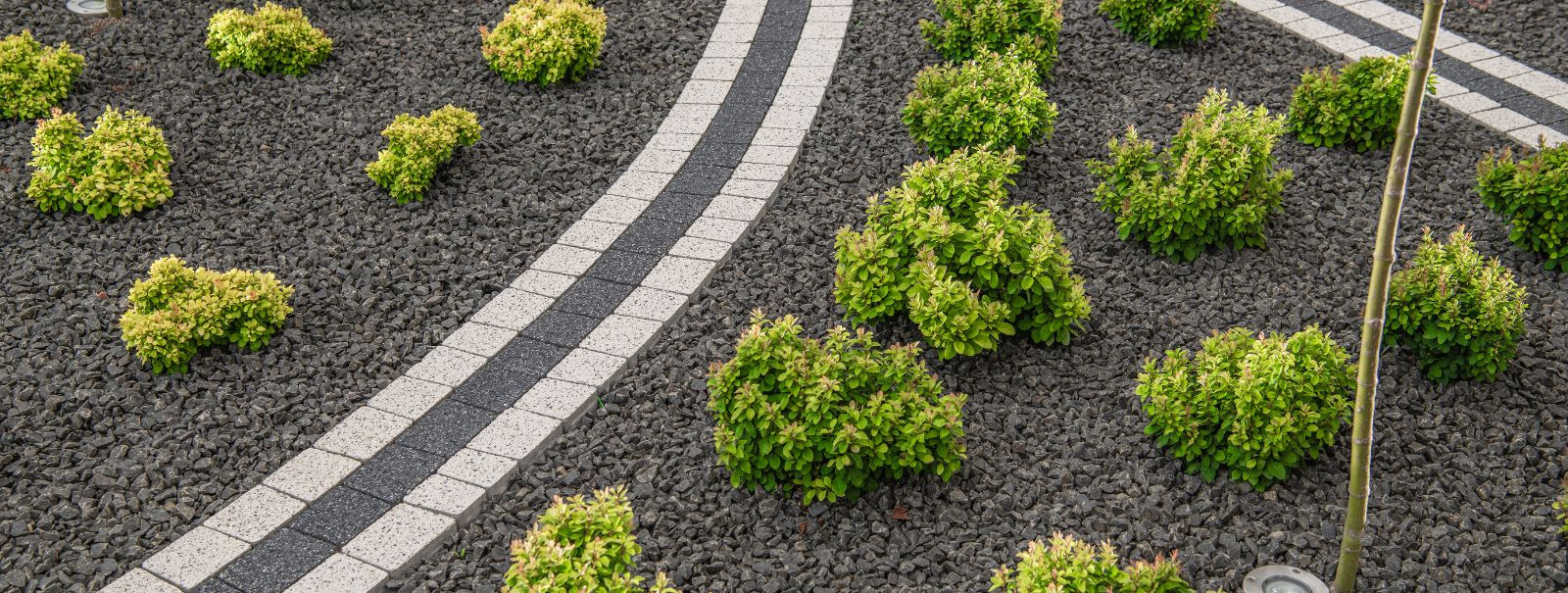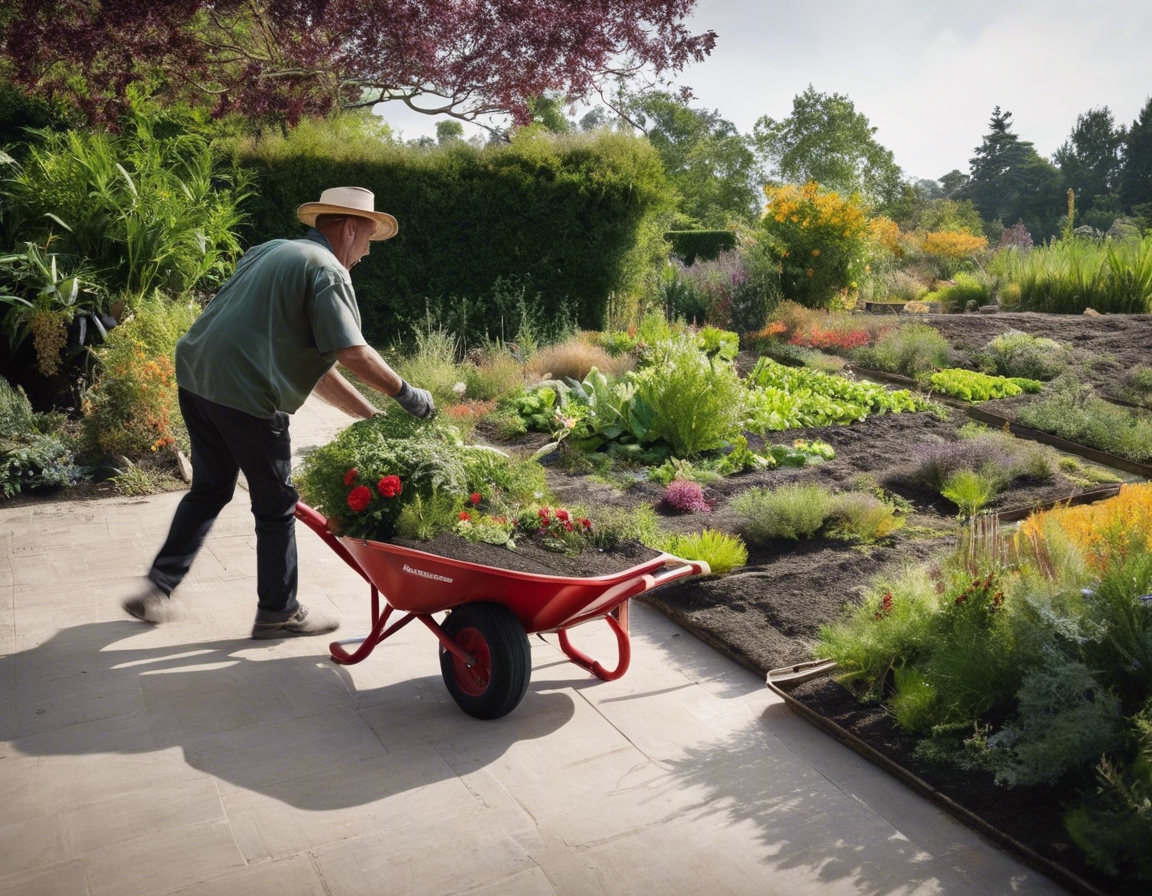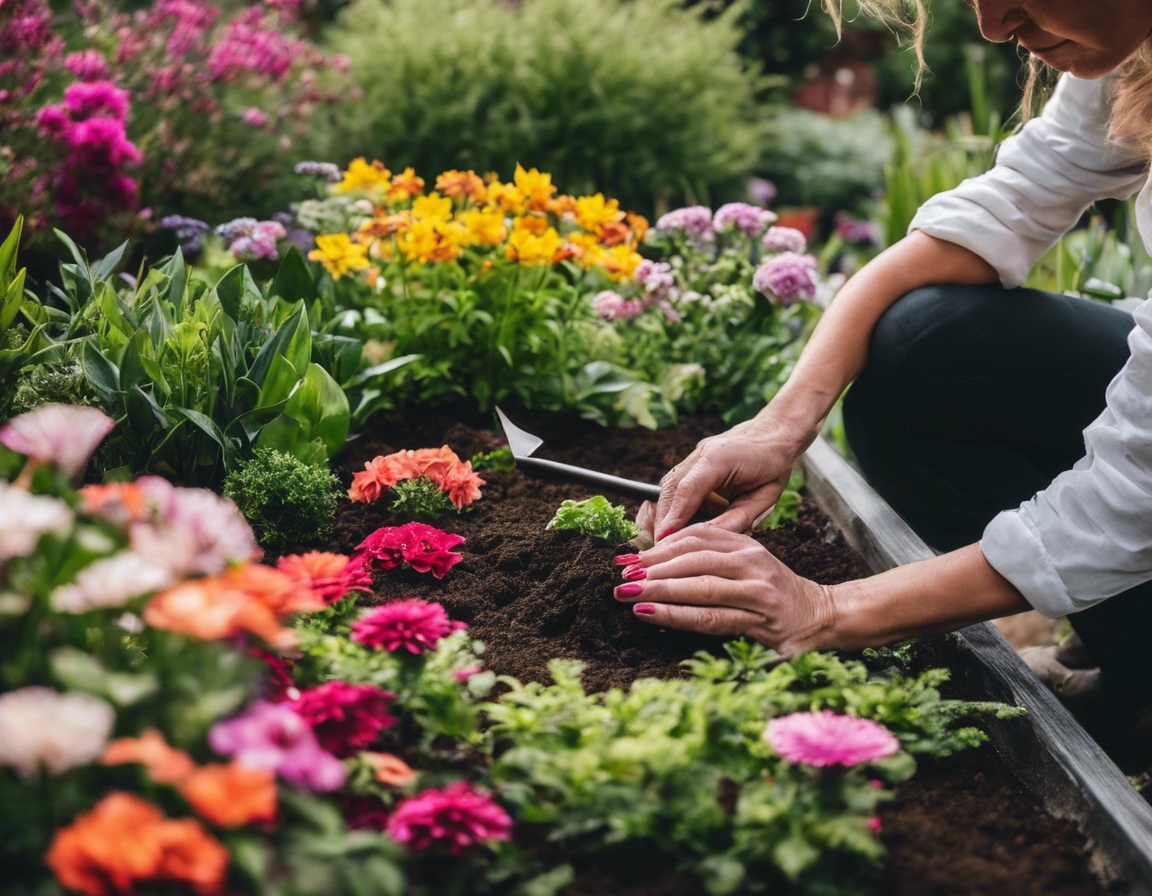Maximizing your outdoor space: tips and tricks
Maximizing your outdoor space is not just about beautification; it's about creating a functional, sustainable, and enjoyable extension of your indoor living area. Whether you're a residential homeowner, a commercial property manager, or a municipal entity in Estonia, these tips and tricks will help you transform your landscape into a stunning and practical haven.
Understanding Your Outdoor Space
Begin by taking stock of your current outdoor area. Note the dimensions, existing vegetation, sun exposure, and any other features such as slopes or water elements. This will serve as the foundation for your design plan.
Consider how you want to use the space. Do you need a play area for children, a serene garden for relaxation, or an entertainment zone for hosting guests? Your objectives will guide the design process.
Designing for Functionality and Aesthetics
Divide your space into functional zones such as dining, lounging, and gardening. This organization will enhance the usability of your outdoor area.
Select plants that not only complement the Estonian climate but also your aesthetic preferences and maintenance capabilities. Native species are often a good choice for sustainability and ease of care.
Hardscaping, such as patios, walkways, and retaining walls, adds structure and can define the different zones in your garden. Choose materials that harmonize with the natural surroundings and your home's architecture.
Enhancing Usability Through Lighting
From functional pathway lights to decorative accent lighting, the right outdoor lighting can extend the usability of your space into the evening hours while adding a warm ambiance.
Place lighting strategically to illuminate walkways for safety, highlight architectural features, and create the desired mood in different zones.
Seasonal Considerations
In Estonia, preparing your outdoor space for winter is crucial. This includes protecting plants, storing outdoor furniture, and ensuring that hardscaping can withstand freezing temperatures.
Choose plants that offer visual interest throughout the year, including those that bloom in different seasons or provide attractive foliage or berries in the winter.
Sustainability Practices
Implement water-saving practices such as drip irrigation, rainwater harvesting, and choosing drought-tolerant plants to reduce your environmental footprint.
When selecting materials for hardscaping and other features, opt for those that are sustainably sourced or recycled, reducing the impact on the environment.
Maintenance and Upkeep
Establish a regular maintenance routine to keep your outdoor space looking its best. This includes pruning, weeding, and cleaning hardscape surfaces.
For those tasks that require specialized knowledge or equipment, consider enlisting the help of professional landscapers to maintain the health and beauty of your outdoor space.






Comments (0)